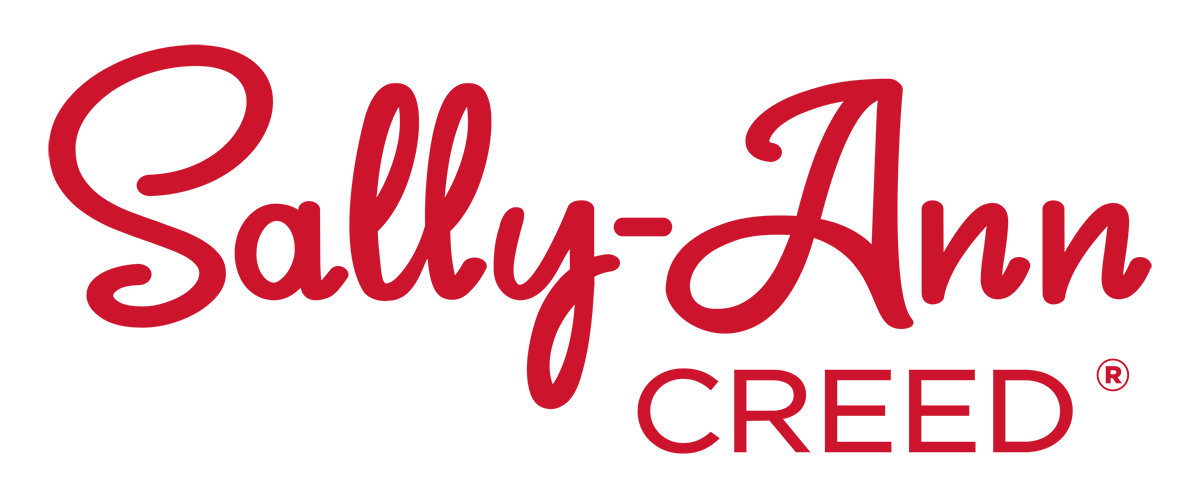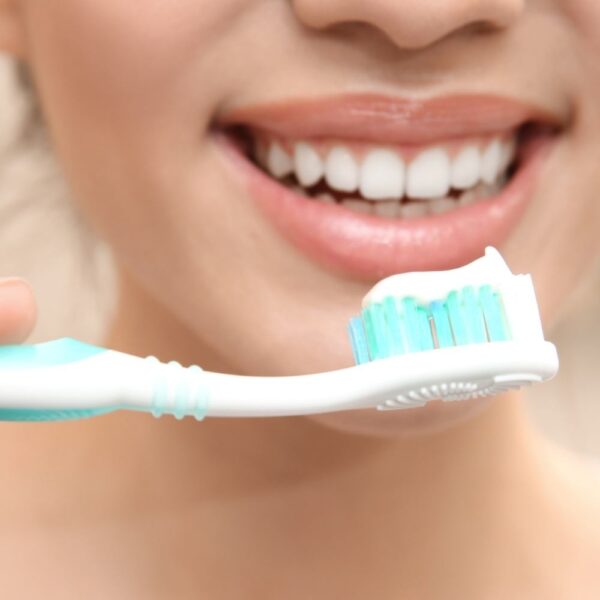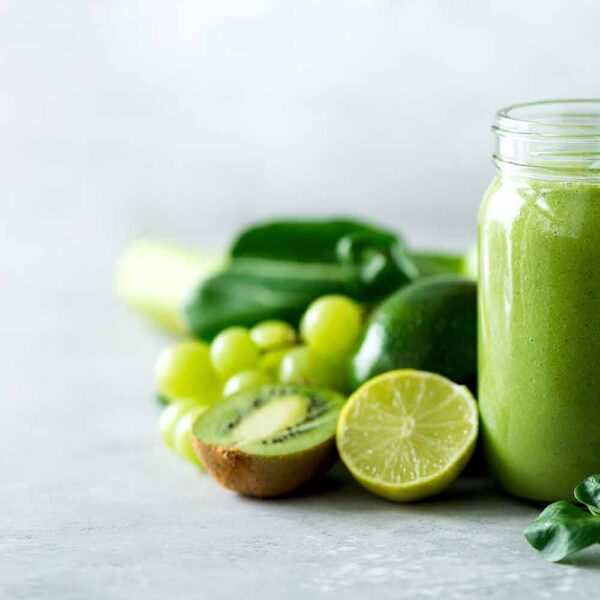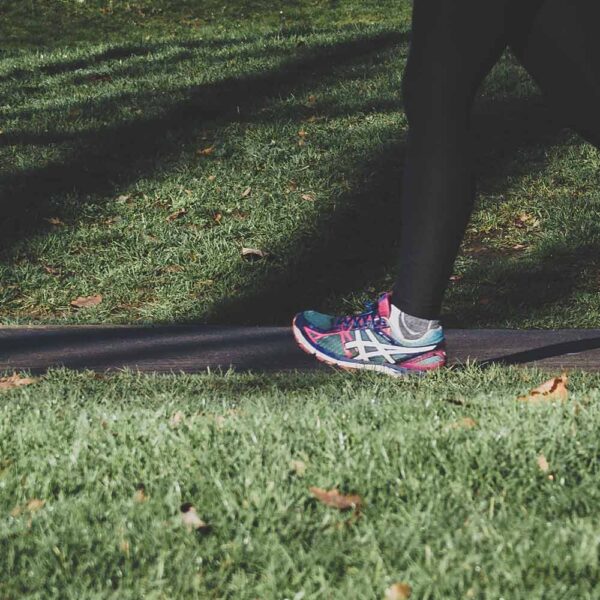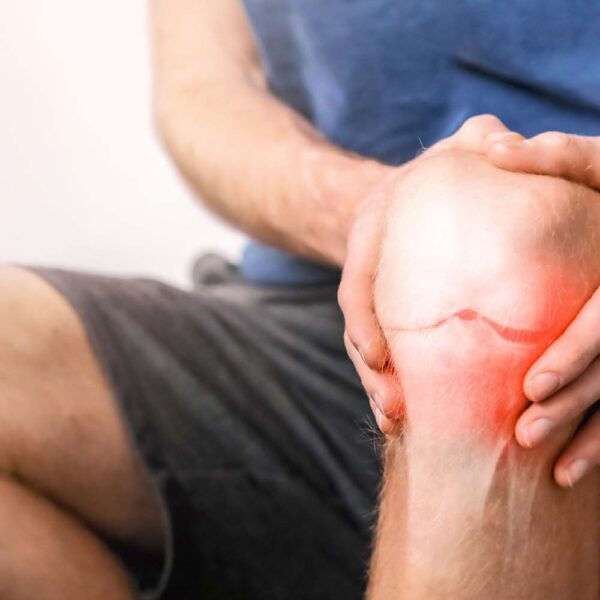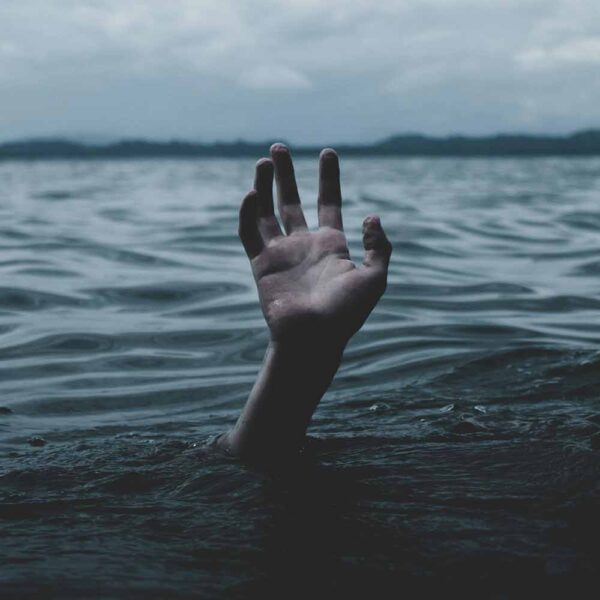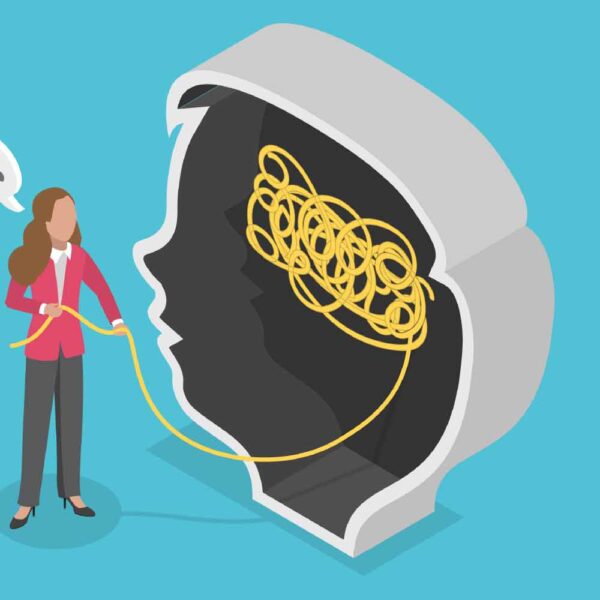Iron deficiency anaemia occurs when your body doesn’t have enough iron to produce haemoglobin. Haemoglobin is the part of red blood cells that gives blood its red colour and enables the red blood cells to carry oxygenated blood throughout your body. If you aren’t consuming enough iron, or if losing too much iron, your body can’t produce enough haemoglobin, and iron deficiency anaemia will eventually develop. Iron is also important for the immune system for preventing infection, and it’s vital for learning and memory. But iron is a double-edged sword – we need it desperately, but too much is highly toxic and dangerous. It’s a paradox.
The symptoms of low iron can include the following:
- Fatigue
- Exhaustion
- Cold hands and feet
- Anxiety
- Headaches
- Dizziness
- Rapid heartbeat
- Brain fog/mental confusion
- Hair loss
- Brittle nails
- Difficulty swallowing
- Shortness of breath
- Restless leg syndrome
- Craving for ice
But before you race out to get an iron supplement, you need to know too much is as bad as too little, and if you have too much, you could develop iron overload leading to severe health problems, including:
- Diabetes
- Darkening of the skin
- Arthritis
- Adrenal problems
- Hypothyroidism
- Hemochromatosis
And strangely enough it can also cause fatigue, weakness, joint pain and stomach pain. Long term exposure to excess iron can poison major organs and cause cancer, cirrhosis of the liver and heart attacks. So like the classic Goldilocks, you want neither too much nor too little. Ensuring healthy levels depends on your age, gender and overall health. Women who are menstruating need more iron – about 18mg/day – than non-menstruating women and men who need about 8mg/day. Malabsorption is also a consideration as to how much you should take. To check your iron levels, get a blood test done. Request a full blood count and your ferritin level (stored iron). Either too high or too low means you need to take action.
TWO TYPES OF IRON
Here’s where it gets interesting. There are two types of dietary iron – heme iron from animal sources and non-heme iron from plants, and it’s worth noting that animal products do contain non-heme iron as well. Heme iron is much easier for the body to absorb than non-heme iron, and a way to increase uptake is to take some Scorbi-Cee or other vitamin C with an iron-rich meal. Vitamin C will increase absorption of iron from that meal.
But certain substances in some foods inhibit iron uptake (quite seriously) like the phytates found in grains and the tannins in tea and even coffee – they can decrease iron uptake after a meal by 60%. Therefore if you are deficient, don’t eat grains or legumes, and don’t drink tea with or near to your meals.
Heme-Rich Foods Include:
- Beef
- Lamb
- Sardines
- Chicken and chicken liver
- Liver in general
- Oysters
- Turkey
- Seafood (clams, fish,
- All animal protein
- Leafy greens (non-heme)
Eggs and dairy actually only have non-heme iron NOT heme iron which is interesting! Therefore if you are only eating dairy and eggs as a protein source, you will still be short of heme iron. The non-heme rich foods have phytates – like beans and lentils, and spinach which has some iron is pretty rich in oxalates which can cause kidney stones which means you have to eat an awful lot of spinach to get even close to enough for one day. Heme iron is certainly the best way to deal with a deficiency. You can take supplements of course, but one of the biggest drawbacks of oral iron therapy are the possible side effects which include nausea, constipation, abdominal discomfort and joint stiffness. To add insult to injury, the ferric types of iron you buy are often very poorly absorbed. Infusions come with their own pros and cons too. We have wonderful bodies – they will absorb more iron when we are deficient than when we are replete.
Causes and Risk Factors:
- Blood loss through injury or excessive menstruation; peptic ulcer, gastrointestinal bleeding or taking aspirin – which sometimes causes slow blood loss
- A lack of iron-rich food in the diet
- An inability to absorb iron into the bloodstream from the small intestine such as seen in Celiac disease, or intestinal surgery (gastric bypass, removal of small intestine)
- Pregnancy due to the fact more blood is needed for the mother and the child, so extra care needs to be taken
- Infants and children who are low birth weight or prem who don’t get enough from breast milk
- Vegetarians/vegans who don’t eat meat have the greatest risk of iron deficiency anaemia and need 8-10 times more iron-rich vegetable sources of food
- Frequent blood donors
Complications of anaemia include heart problems, irregular heartbeat, low birthweight and growth problems in infants and children who don’t get enough iron from their food (one reason never to make a child vegan). The body absorbs more iron from meat than any other source, and take vitamin C with the meat if you are deficient, and not drink tea near the meal. You could also eat high-vitamin C containing foods like broccoli, leafy greens and tomatoes if you are eating meat, to enhance uptake if you don’t take vitamin C. However food today is not as nutrient rich as it should be, so this may not help much. Organic food is far higher in nutrients, if you can get it.
Haemochromatosis (HC):
I felt I should briefly mention this while on the subject – this is the name used for iron overload. Heme iron is best absorbed and non-heme iron poorly absorbed. But in haemochromatosis an interesting thing happens. If you do NOT have HC, 20-30% of heme iron consumed is absorbed from a meal. In the case of HC though, the absorption of heme iron is 4 times more – almost all the iron in that meal will be absorbed.
If you are deficient, cooking in iron pots will help as will taking vitamin C with meat as explained earlier, don’t take calcium supplements as they stop iron uptake, and have tea and coffee (including green tea) at least 2 hours or more away from a meal. If you suspect you have either too much or too little iron, please speak to your doctor or health care provider – both too little and too much are serious. You want just the right amount.
Disclaimer
You can simply click on the name of each product mentioned above (in bold) and a hyperlink will take you directly to the product for an easy purchase.
Originally published on https://www.facebook.com/SallyAnnCreedSA/ in 2018.
